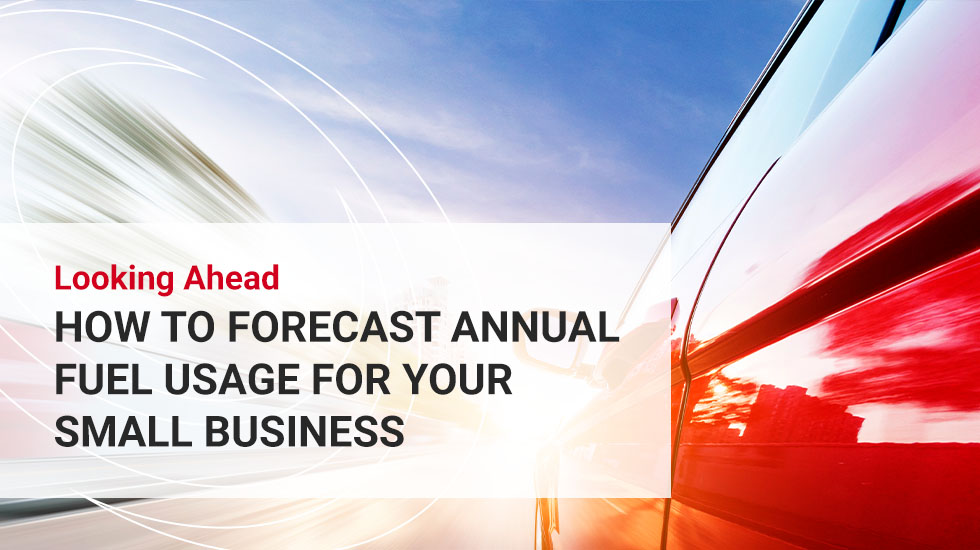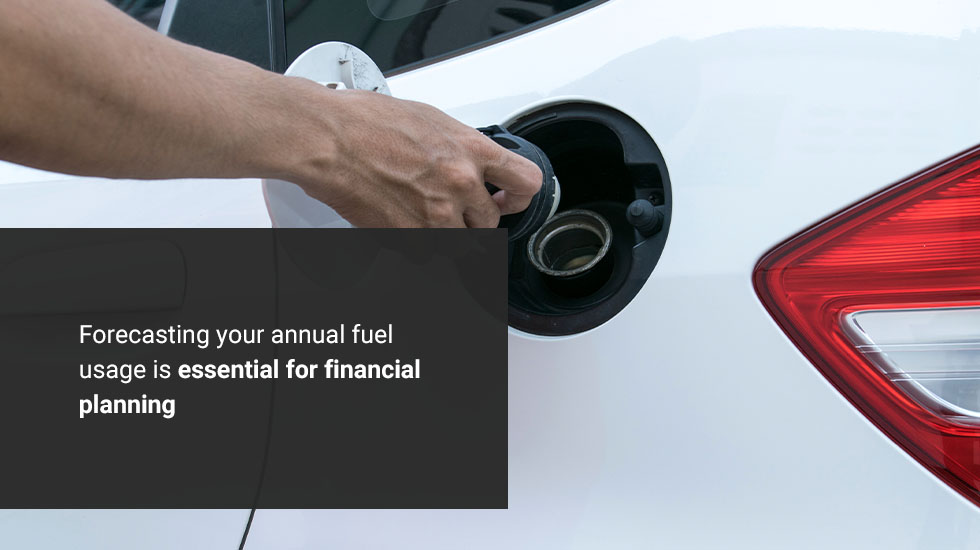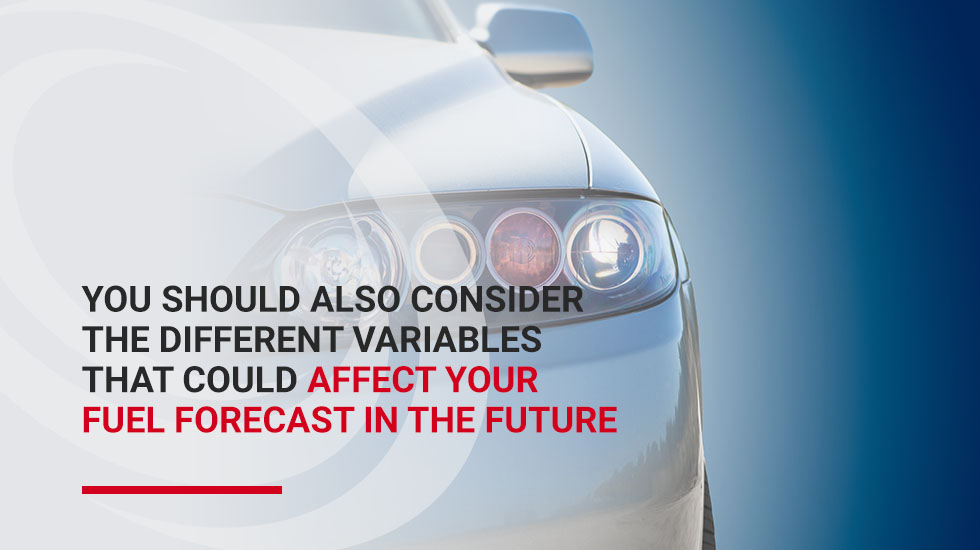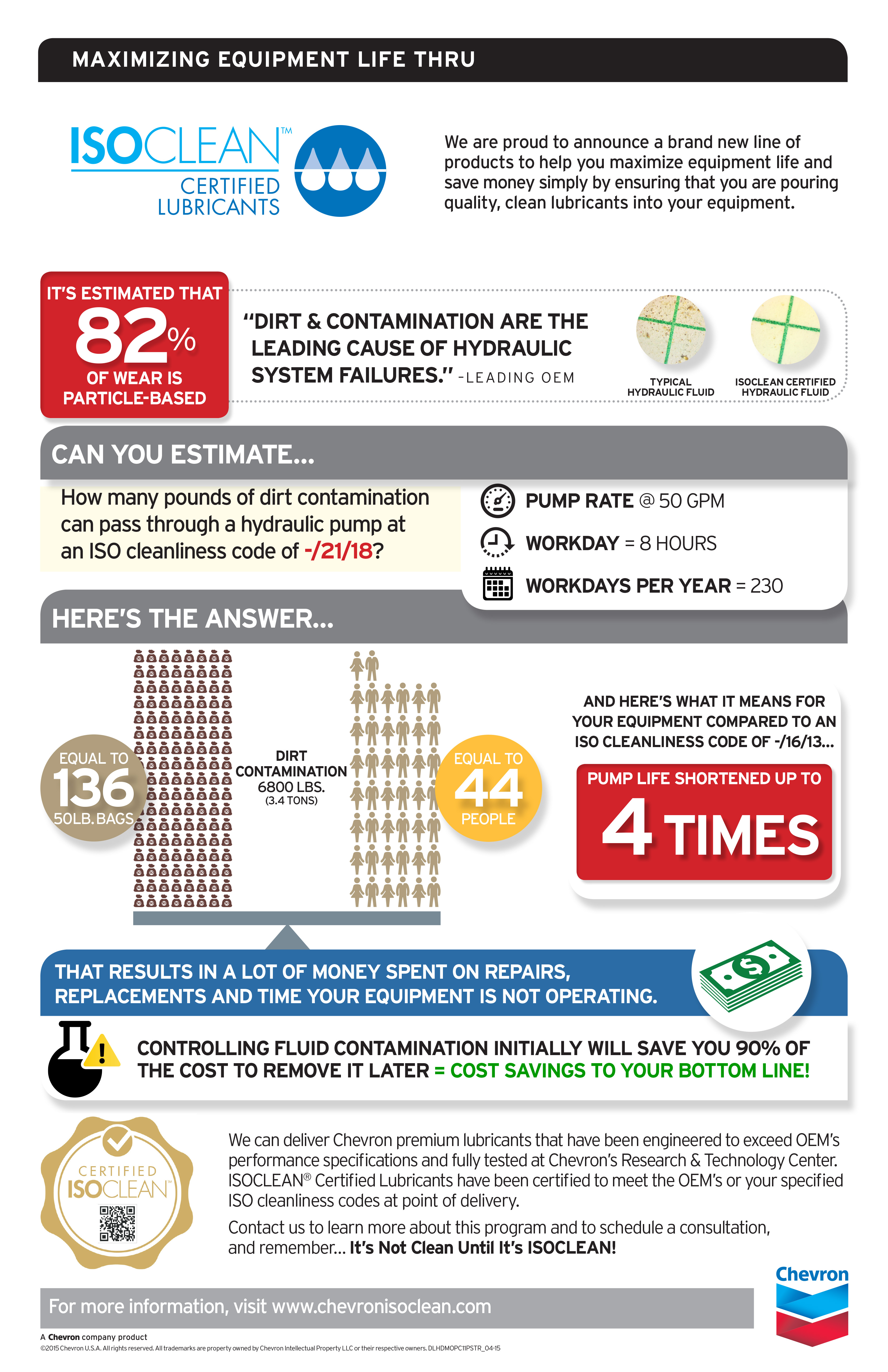 Forecasting your annual fuel usage is essential for financial planning. By forecasting your yearly fuel expenses, you can estimate how much money you need to meet your fuel needs. With clear financial targets, you avoid overspending and keep your operation profitable and efficient. Use these tips to help you create a fuel usage forecast that boosts your operational efficiency and success.
Forecasting your annual fuel usage is essential for financial planning. By forecasting your yearly fuel expenses, you can estimate how much money you need to meet your fuel needs. With clear financial targets, you avoid overspending and keep your operation profitable and efficient. Use these tips to help you create a fuel usage forecast that boosts your operational efficiency and success.
Why Is Fuel Usage Forecasting Important?
Fuel usage forecasting is essential to improve your business’s financial planning. With good fuel usage forecasting, you can estimate your yearly fuel costs, breaking them down to improve your budgeting for a more productive operation. Good planning helps minimize surprises and prepares you to respond to changes quickly. Here are the main reasons you want to invest in fuel usage forecasting:
- Improve resource allocation: Predicting fuel use lets you avoid waste or overdrawn accounts. Instead, you can estimate your fuel costs and apply the rest of your budget to additional resources. You will also know exactly where to allocate your fuel instead of sending too much to one part of your operation.
- Help cost management: Forecasting your fuel usage helps you plan and budget your fuel expenses more accurately. You can learn when to expect higher costs, and you can improve your financial stability with better preparation.
- Boost efficiency: Knowing your future fuel needs lets your business optimize operations. You can adjust maintenance, scheduling, and routes to minimize fuel consumption and save more money.
- Minimize environmental impact: Additionally, forecasting your fuel use helps you minimize your environmental impact. You can reduce fuel ordering and use during specific periods, helping to meet your sustainability goals.
How to Forecast Annual Fuel Usage
Successful fuel forecasting requires careful planning and data gathering. Trying to plan for fuel usage without fuel forecasting will leave you with inaccurate budgeting, slow response times, and even fuel shortages. With the right steps, you can create a fuel forecast that prepares you for your fuel needs for the next year.
 Collect Data
Collect Data
Fuel usage forecasting starts with data. You need to know how much fuel each of your vehicles consumes. Gather data on every vehicle’s miles and how much fuel was purchased. You will also need to know the weight of each vehicle’s loads, fuel type, driving conditions, and driver habits. Combine everything to figure out a pattern for each vehicle’s fuel needs to begin building your forecast.
Along with fleet data, you need to break down your annual fuel spending and how much fuel costs on average in your area. Fuel and lubricant prices are always changing to meet supply and demand. This data helps you with forecasting — breaking down your costs and local fuel averages will help you create your budget later on and let you know what trends to look for in fuel spending.
Review Trends
After you have got all your data together, you need to find data trends. Look for patterns in your historical fuel data usage to help you predict the future. Does fuel consumption increase during certain times of the year, like holidays? Does the weather or season affect fuel usage? Do certain vehicles or routes use more fuel than others? Having an understanding of your past fuel data will help you create a fuel forecast that guides you through the year.
You can also look at national data for trend assistance. The Energy Information Administration (EIA) records daily gas prices nationwide. You can see what your area’s gas prices have traditionally been throughout the year, helping you to know what to expect for your forecast. The EIA also has a short-term fuel forecast page, which you can reference when developing your forecast.
Consider Variables
You should also consider the different variables that could affect your fuel forecast in the future. Changes in fuel costs will influence your forecast budgeting. Additionally, variables like routes, fleet number, vehicle type, traffic, load weight, fleet maintenance, and time of year will all influence fuel costs for your operation. Other factors that increase fuel costs include:
- Poor weather
- Delays
- Heavy loads
- Older vehicles
- High fuel demand
You need to be prepared for different variables — tracking your data and past fuel trends will help you create a predictive plan. Additionally, breaking down all your variables and how they influence your expenses will help you create average budgets for each period. You will get a more accurate forecast for your business.
Establish a Budget
After you have gathered all your data, accounted for variables, and analyzed trends, it is time to create a budget. Establish how much money you have to spend on fuel for your fleet. Then, break down fuel-related expenses, your revenue streams, and other expenses you have to budget for. Your budget should cover the whole year, but you will also want to break down average budgets for quarters, weeks, and potentially vehicles. You need a budget that aligns with your financial goals while leaving some wiggle room for surprises.
 Create Your Forecast
Create Your Forecast
Once you have analyzed all your data and you have your rough budget, you can create your fuel forecast. Take historical fuel patterns, seasonal changes, fuel prices, and all your other variables into account. Additionally, you might want to simply apply a flat increase percentage to your yearly fuel budget to avoid lots of data breakdowns. However, this is less accurate and can leave you with budget waste.
Zero-based forecasting is a more difficult but rewarding forecasting method. For zero-based forecasting, you itemize all your fleet-related expenses and estimate increases for each year based on past trends. This method is more time-consuming, but it helps you create a more accurate, cost-effective forecast. You will cut financial waste and get a better understanding of your fleet as a whole.
Be Flexible
Remember that fuel variables can always change. You need to have some flexibility in your forecast and budget. Changes in fuel prices or unexpected circumstances can take your forecast in a different direction. To avoid surprises, stay on top of changes in the industry — watch fuel prices, new vehicle additions, route changes, and more. Be prepared to change your forecast as these variables adjust.
Better Budgeting With Bulk Fueling
Forecasting your fuel needs is essential for creating an accurate fuel budget. Your operation depends on fuel for success, but you need the best fuel prices to stay profitable. With SC Fuel’s wholesale and on-site fuel services, you can get fuel at affordable prices wherever your operation needs it. Our comprehensive fuel services and unmatched customer care ensure your business gets the right fuel for the job. Contact SC Fuels online for expert fueling services and enjoy year-round success and support!





